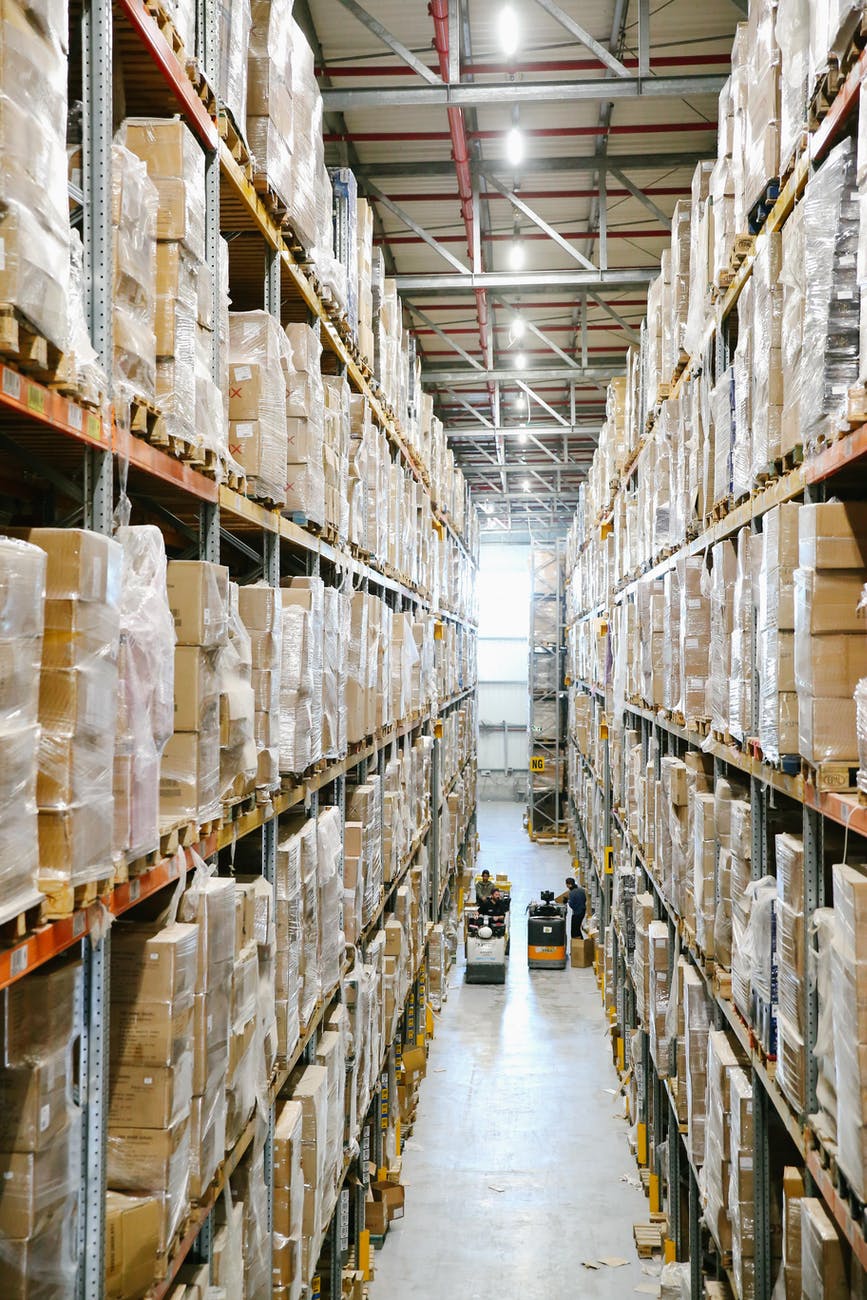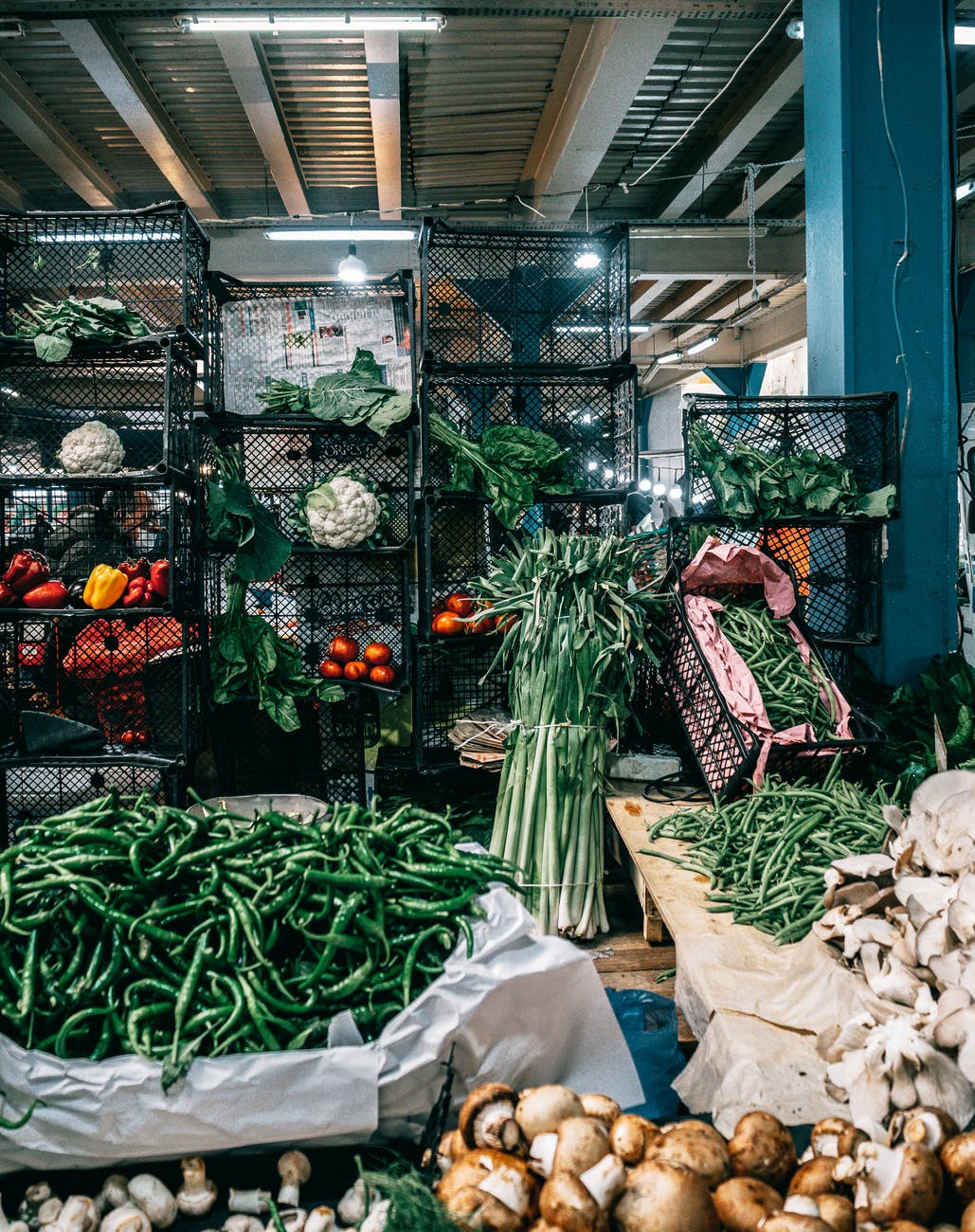Can online shopping and brick and mortar stores benefit each other?

“There was a narrative that as online grew, stores would become less relevant. But it hasn’t worked out that way,” said Neil Saunders, managing director at GlobalData. “In many ways, the store is still the heart or hub of retail.”
It is another example of how online-only retail has its limits, and why physical stores are making a comeback. After years of overbuilding that lead to a sharp contraction, retailers are on track to open more stores than they close in 2024 for the third consecutive year, according to advisory and research firm Coresight Research.
Many retailers have found that it is too expensive and difficult to attract and retain customers without physical stores. And using stores as pickup and drop-off points helps lower the labor, packaging and shipping costs involved in online orders…
Kohl’s now fulfills more than a third of its online orders in stores, Walmart more than half, and Target nearly all its sales from its network of roughly 2,000 locations, according to the companies.
Americans like shopping. This story makes me think that shopping can even be more pervasive. You can be shopping online and in person. You can shop from anywhere and everywhere. It can happen in the online and offline worlds. It is a self-reinforcing system.
Oh yeah, there is still that pesky problem of people not feeling financially comfortable. Is the all-encompassing shopping realm able to overcome this? Is it just a matter of finding good deals or working with some credit or debt to make purchases?
And if shopping is everywhere, there will likely be more need for companies to differentiate their products and services. What will make someone click on that email or that Instagram ad? What will drive people to that location as opposed to making the purchase online?



